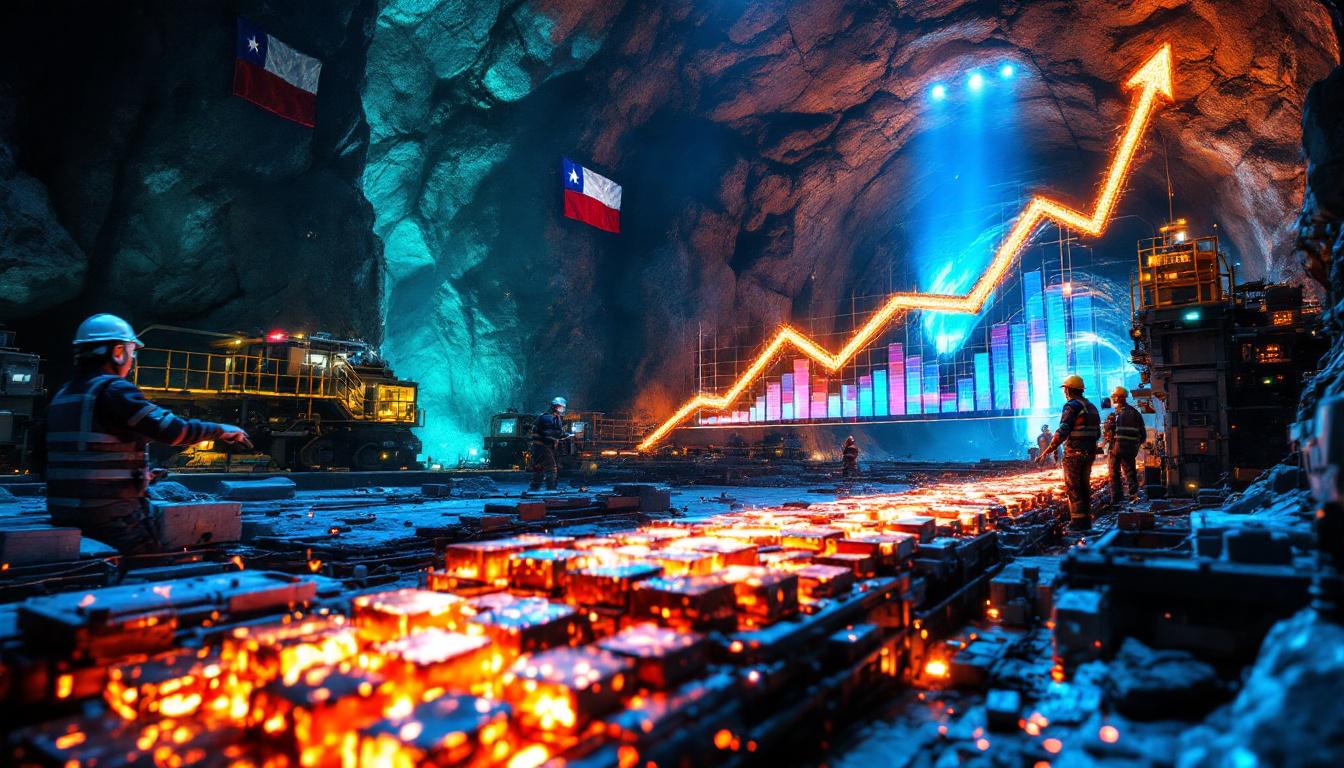Pumped Hydro Energy Storage (PHES) is widely acknowledged as the backbone of global long‐duration energy storage. Systems like these are essential for achieving unlimited energy storage in Europe 2025 as power grids transition to renewables. PHES supports grid reliability by storing surplus energy when production exceeds demand and releasing it during shortages.
PHES technology operates on a simple principle. During high generation periods, pumps move water from a lower reservoir to an upper one. When energy is needed, the water flows downward through turbines to produce electricity. This efficient cycle has enabled PHES to deliver 95% of worldwide grid‐scale storage capacity.
Capital costs for PHES are very competitive. With expenses ranging from $8–$25 per kilowatt‐hour, these systems are far less costly than battery alternatives costing over $100/kWh. Experts note that, with proper maintenance, PHES can deliver uninterrupted service for more than 100 years, ensuring long‐term energy security.
A global pumped hydro atlas has revealed over 820,000 potential sites worldwide. This vast potential equates to nearly two trillion electric vehicle batteries. In Europe, it is argued that only a handful of premium sites could provide the continent’s entire storage requirement. Such statements illustrate the transformative potential in achieving unlimited energy storage in Europe 2025.
Europe’s energy challenges are unique, particularly during winter. Solar generation can drop by 60–80% compared to summer figures. These seasonal shortfalls mean that short‐duration storage is insufficient on its own. Countries in northern Europe face intense energy gaps during November through February, underlining the need for technologies like PHES.
Even wind energy struggles to maintain reliability under prolonged low‐wind situations in winter. Continuous discharge for over 100 hours is necessary to bridge these gaps. As a result, PHES is emerging as the most economically viable solution to Europe’s long‐duration storage needs.
Robust transmission networks help alleviate local shortages by mitigating weather variability. For instance, interconnections allowed Norwegian hydropower to relieve German shortages during the winter of 2021–2022. This cross‐border collaboration demonstrates how PHES, combined with advanced grids, creates a resilient renewable network.
Modern PHES extends beyond traditional approaches by incorporating off‐river designs. Unlike conventional hydropower, these systems use closed reservoirs built into the landscape. Such innovations avoid directly damming rivers, thereby protecting local ecosystems. In many cases, the technology is even described as comparable to mining's paradox role in its ability to balance industrial processes.
Off‐river systems make use of natural topography. They often operate in locations where elevation differences exceed 500 metres, maximising storage capacity while minimising environmental impact. Water is recycled in a closed loop, with only minimal replenishment needed to counteract evaporation. This efficiency has renewed interest in PHES as a sustainable solution.
European installations demonstrate the success of these systems. For example, the Goldisthal facility in Germany provides 8.5 GWh of storage capacity with minimal ecological disruption. Its design highlights the benefits of off‐river PHES over traditional methods that impact natural waterways adversely.
Recent studies have boosted interest in PHES potential across Europe. Researchers have identified over 6,000 premium sites. These sites combine optimal reservoir designs, head heights, and short tunnel lengths that reduce both cost and environmental disturbance. This abundance offers a rare opportunity to develop highly efficient, long‐duration storage.
Premium sites are selected based on several criteria. Key considerations include:
- A head height of more than 500 metres
- Minimal land disturbance
- Short pressure tunnels for improved efficiency
These features enable a site to deliver storage capacities exceeding 40 GWh, providing critical backup during prolonged periods of low renewable generation.
Cost comparisons further enhance PHES’s appeal. While lithium‐ion batteries require periodic replacement every 10–15 years, PHES installations typically have lifespans measured in decades. For instance, the Snowy 2.0 project in Australia provides 350 GWh of storage over a 100‐year period. Its economics mirror those of decarbonisation in mining, where long‐term viability is valued above immediate returns.
Maintenance expenses for PHES are extraordinarily low. They typically amount to only 1–2% of the overall capital cost each year. This contrasts with the frequent replacements and high degradation costs associated with batteries. Such attributes reinforce the rationale behind investing in long‐lived storage solutions.
PHES projects also contribute secondary benefits. They deliver grid-level services like inertia regulation and frequency control. In a similar vein, modern industries are undergoing digital transformation, which underlines the importance of integrating advanced technologies into traditional sectors.
There is also a strong environmental case for PHES. Modern designs avoid damming in sensitive ecological zones, thus preserving fish migration and sediment flow. By reducing land use to as little as 0.6 square metres per person, these systems present a low environmental footprint compared to expansive solar arrays. Some observers even liken the environmental diligence required to projects addressing esg challenges.
Global examples underscore the reliability of PHES. Switzerland’s Nant de Drance facility and Australia's Snowy 2.0 project have proven the enduring value of PHES in supporting reliable energy infrastructure. These projects not only provide massive energy reserves, but also offer valuable ancillary services to national grids.
Water usage in PHES is often misunderstood. Once reservoirs are filled, the system requires a minimal amount of water solely for evaporation replacement. In many European settings, this equates to less than five litres per person each day—a remarkably low demand. This tiny usage is akin to "taking a 20‐second shower," a figure that reassures stakeholders about PHES’s water efficiency.
The resilience of PHES is particularly important during extended droughts. Since these systems operate as closed loops, water loss is strictly limited to evaporation. Consequently, unlike conventional hydropower that relies on constant river flow, PHES maintains performance even under water‐scarce conditions.
Hybrid energy storage systems are now gaining traction as well. These systems combine the strengths of PHES and battery technologies. Batteries deliver immediate grid responses while PHES provides long-term, bulk storage. This hybrid strategy minimises battery cycling and maximises reliability over both short and extended periods.
Hybrid systems have already demonstrated promising results in several pilot projects across Europe. In one notable instance, a system in China integrated 3.6 GW of pumped hydro with 1.5 GWh of battery capacity. Such configurations are also bolstered by recent insights on critical minerals project that improve resource management and regulatory oversight.
Beyond these technical advantages, hybrid storage solutions offer clear economic benefits. They reduce the need for frequent battery replacement and optimise overall system efficiency. In practice, this means improved return on investment and a more resilient renewable grid—a crucial step in realising unlimited energy storage in Europe 2025.
Transmission networks continue to be pivotal in Europe’s energy strategy. They allow stored energy to be efficiently distributed across vast distances, balancing sporadic generation with consistent demand. These systems also help avoid local overloads and stabilise grid frequency by rapidly dispatching energy reserves.
Energy policy frameworks are evolving to support such integrated systems. Updated regulatory guidelines are emerging in both the European Union and the United Kingdom. In fact, recent developments in storage legislation are encouraging investments in PHES and associated infrastructural upgrades.
As Europe navigates its renewable future, the contributions of PHES become increasingly indispensable. With numerous studies now confirming the viability of these systems, the focus is shifting towards large-scale deployments. These initiatives are essential to achieve the goal of unlimited energy storage in Europe 2025.
In summary, key points about PHES include:
- Economically competitive capital and operational costs
- Minimal environmental and water impacts
- Lifespans of over 100 years compared to batteries
- The ability to smooth seasonal gaps in renewable generation
These features make PHES a cornerstone in the journey towards sustainable and resilient energy systems in Europe. Recent market updates, such as one noted in a european storage update, continue to highlight the crucial role of these facilities in the modern energy landscape.
Looking forward, harnessing PHES for renewable integration is not just a technical necessity; it is an economic and environmental imperative. By capitalising on Europe’s vast natural potential and combining advanced transmission networks with hybrid storage options, the vision for unlimited energy storage in Europe 2025 can be fully realised.
Looking to Stay Ahead of European Energy Storage Trends?
Discovery Alert's proprietary Discovery IQ model provides real-time insights on emerging opportunities across renewable energy and storage technologies, turning complex data into actionable investment intelligence. Visit https://discoveryalert.com.au/news/discoveries/ to see how major breakthroughs like pumped hydro innovations can generate substantial returns for early investors.




